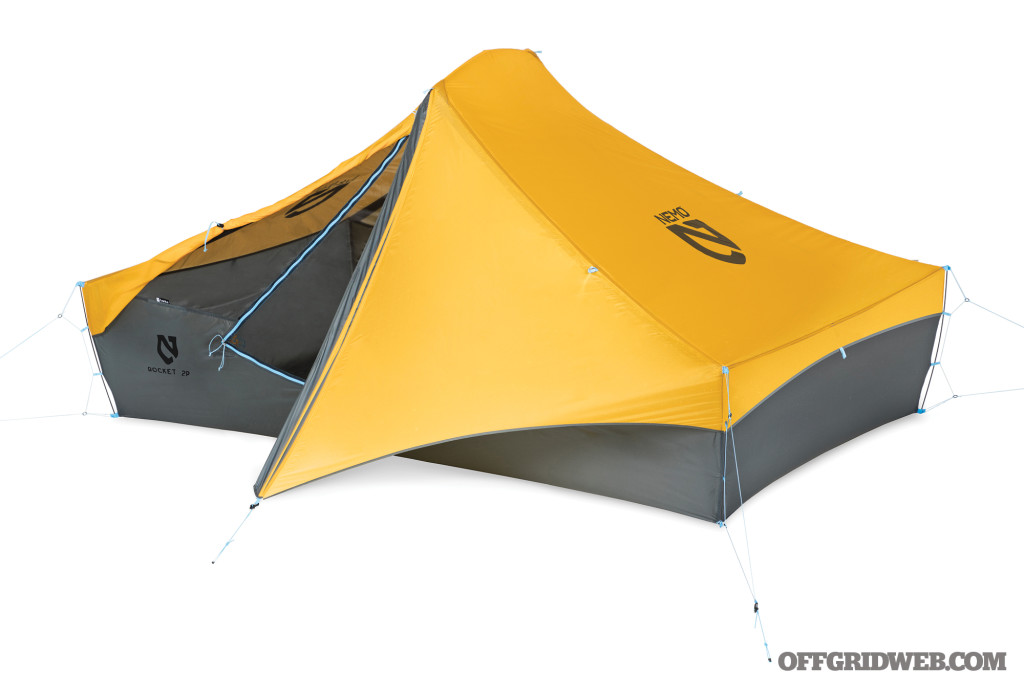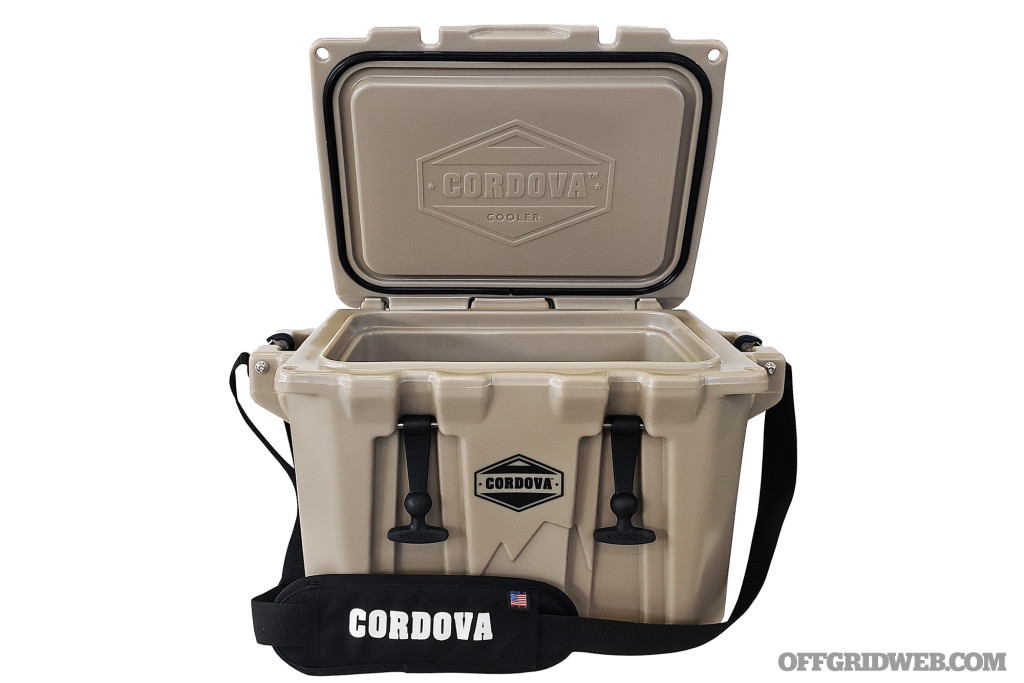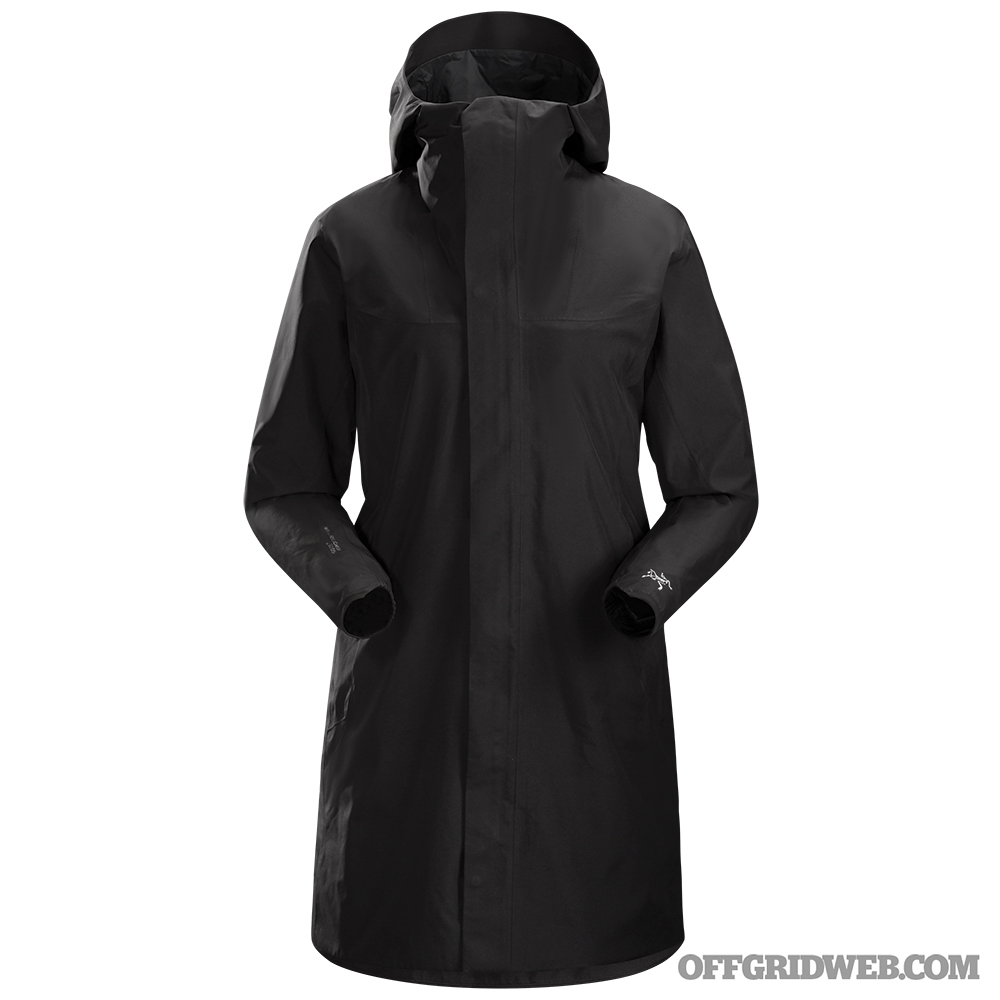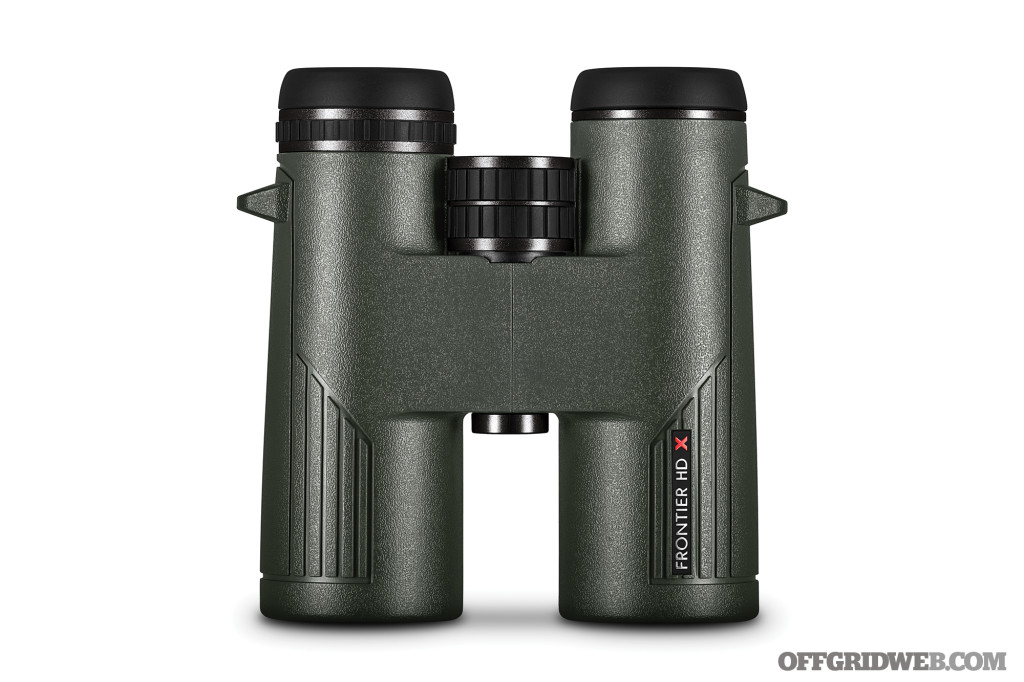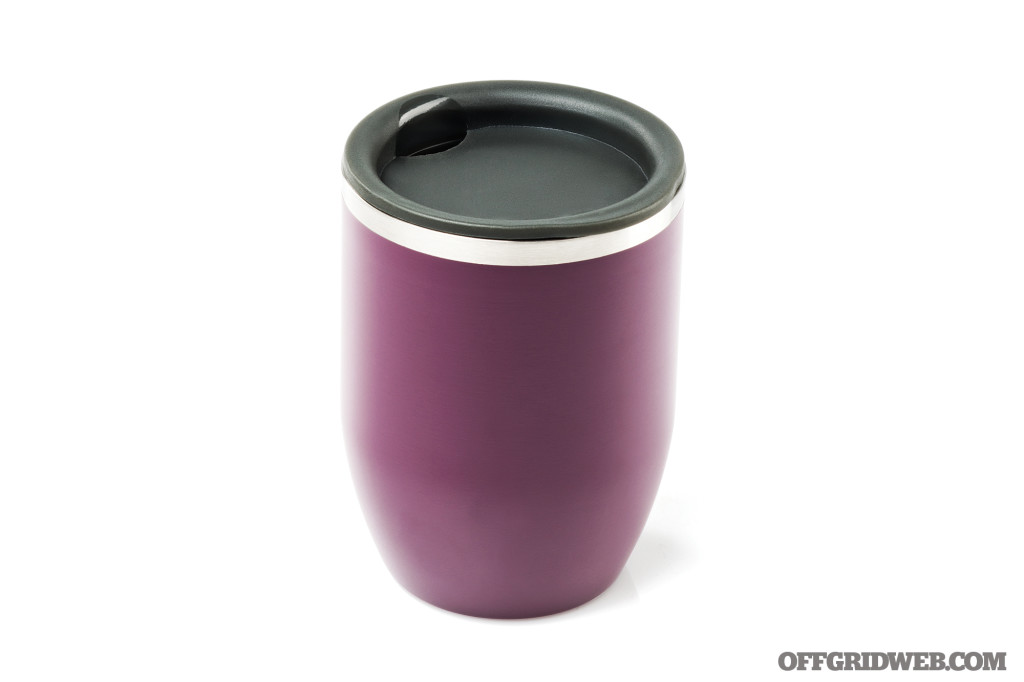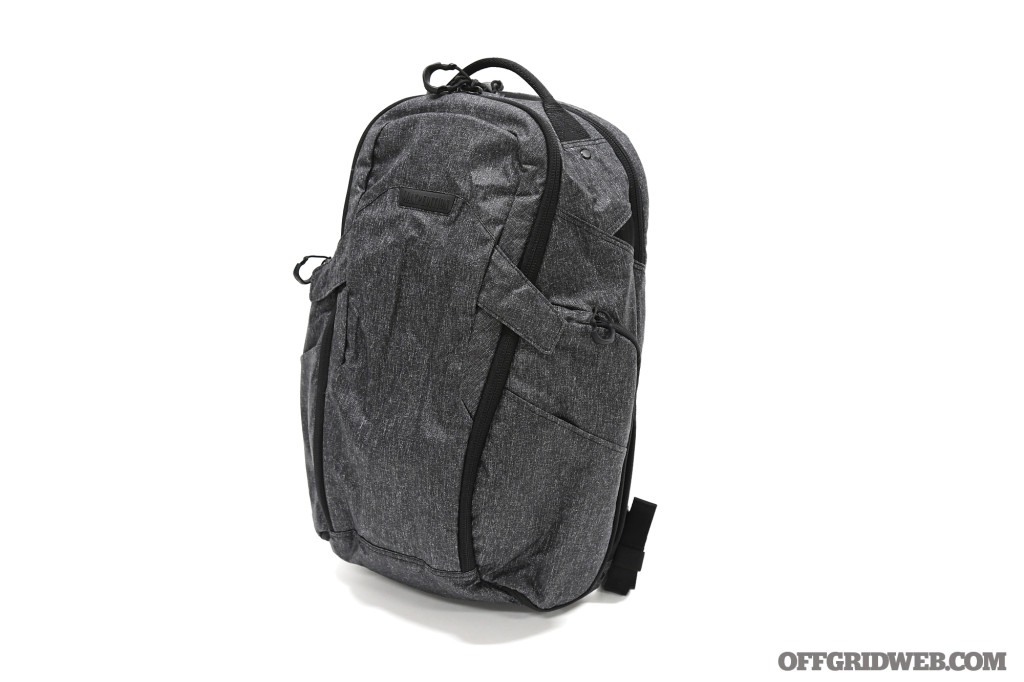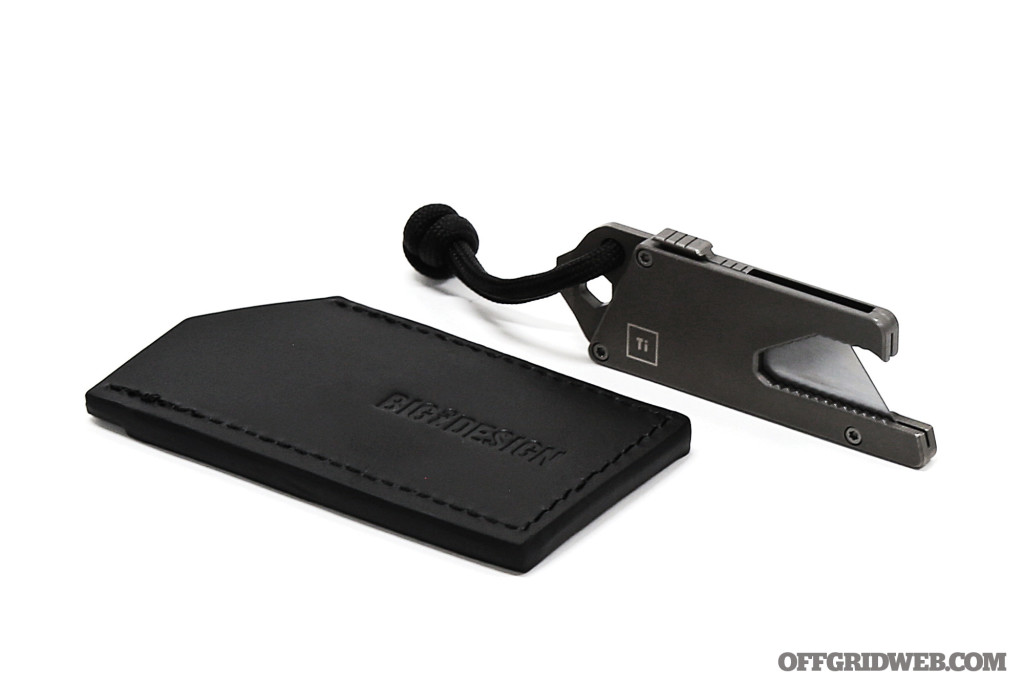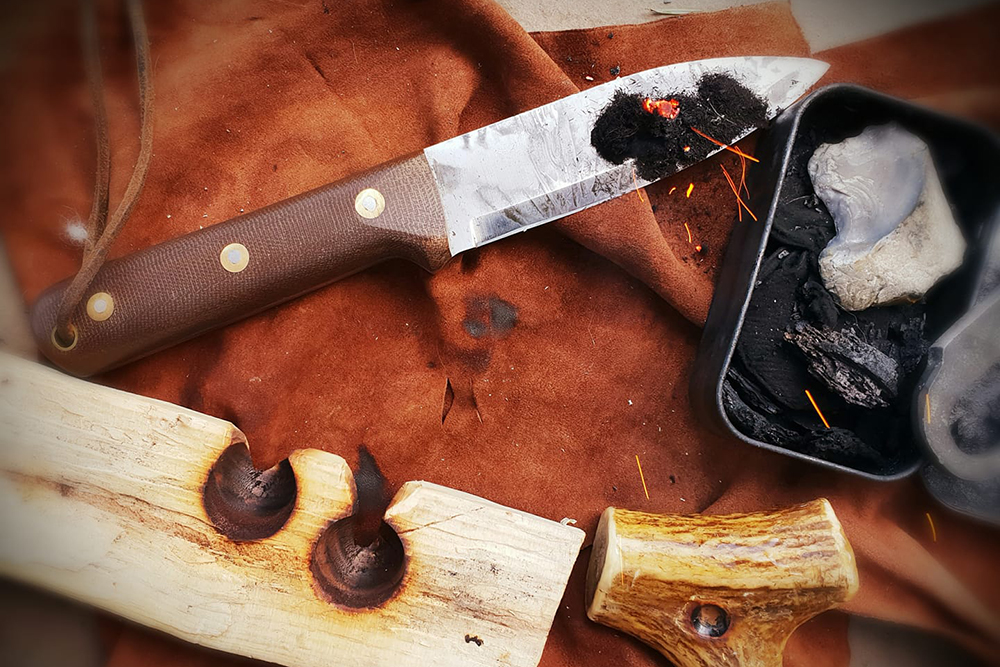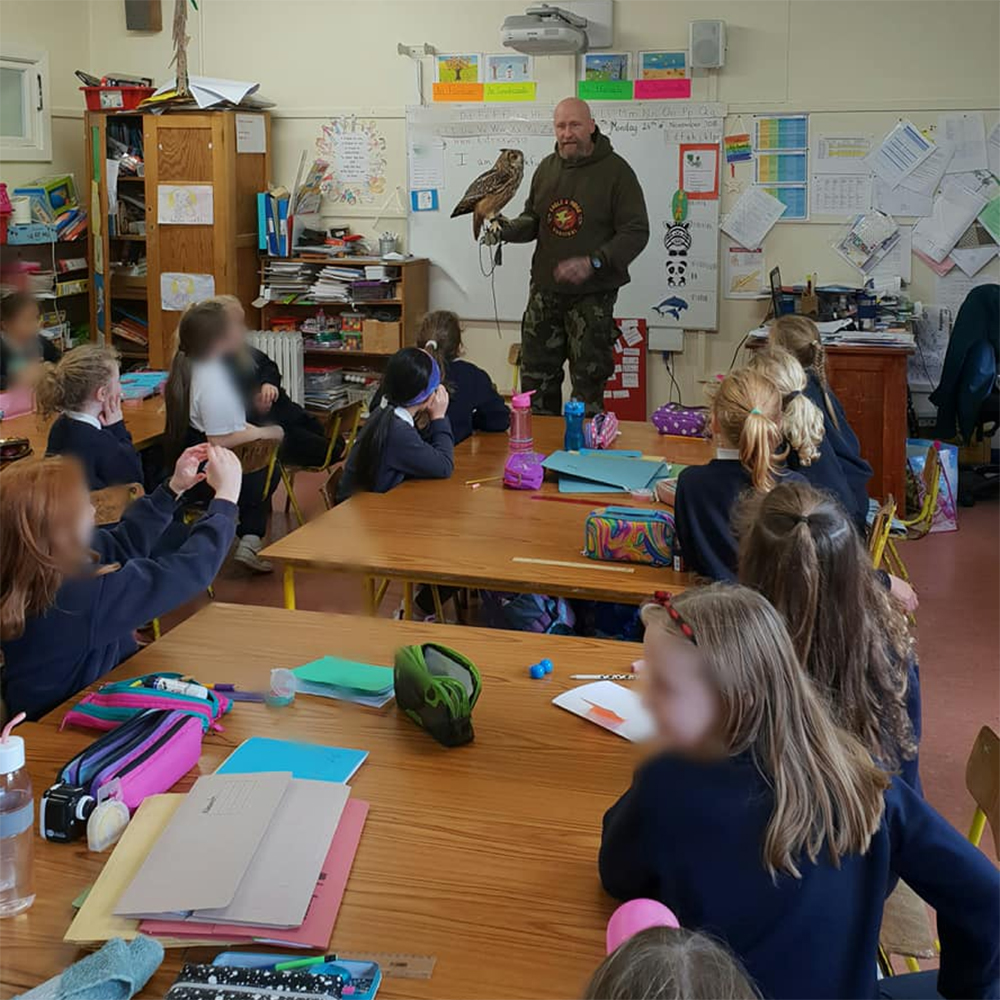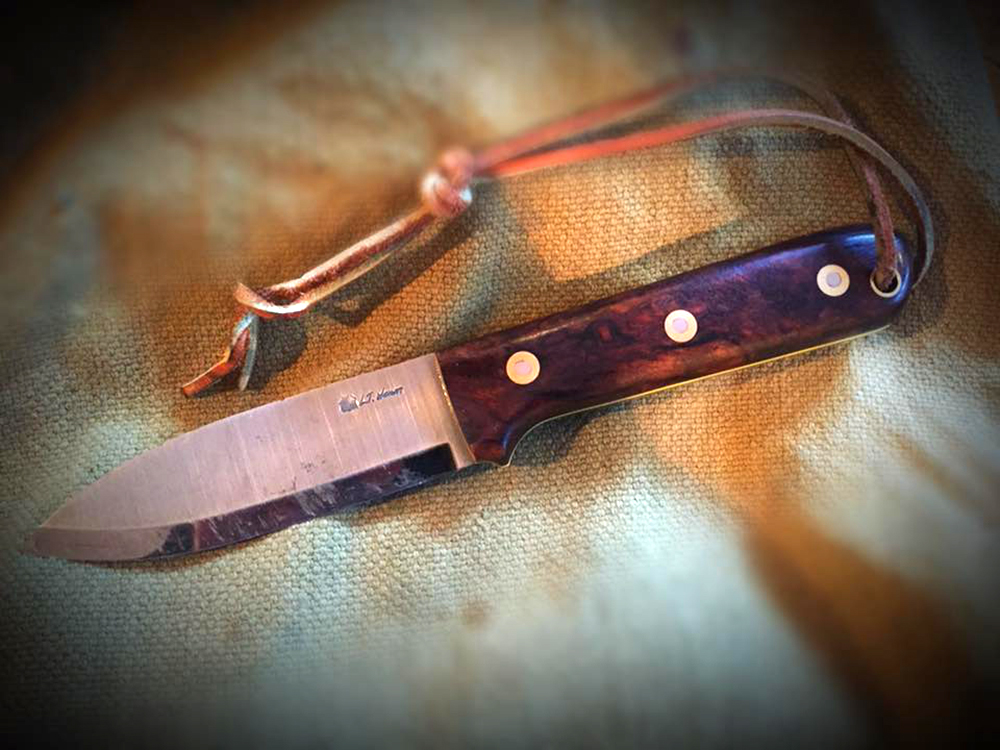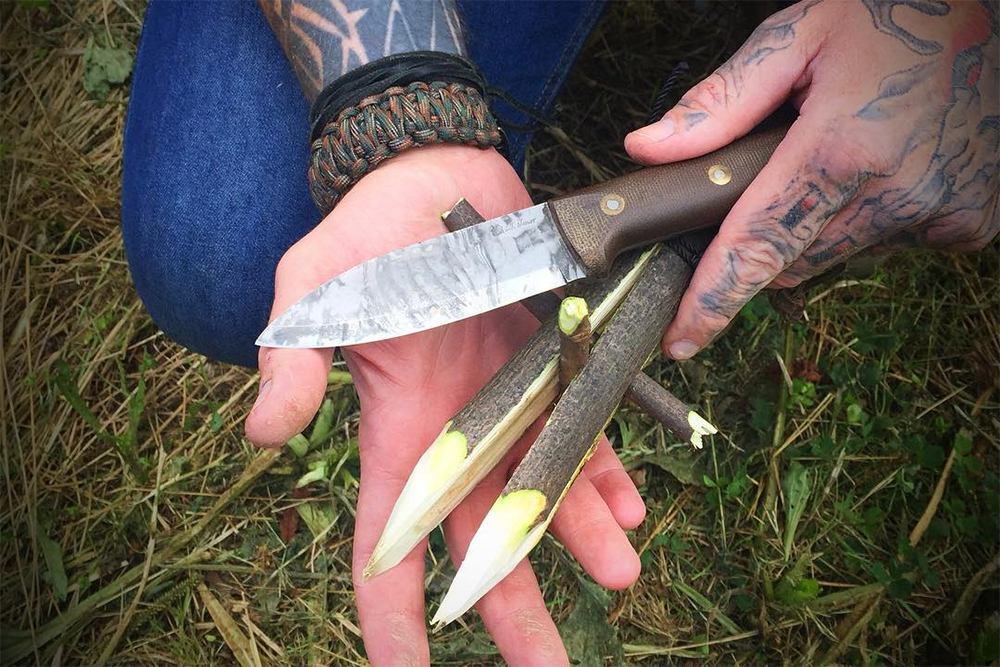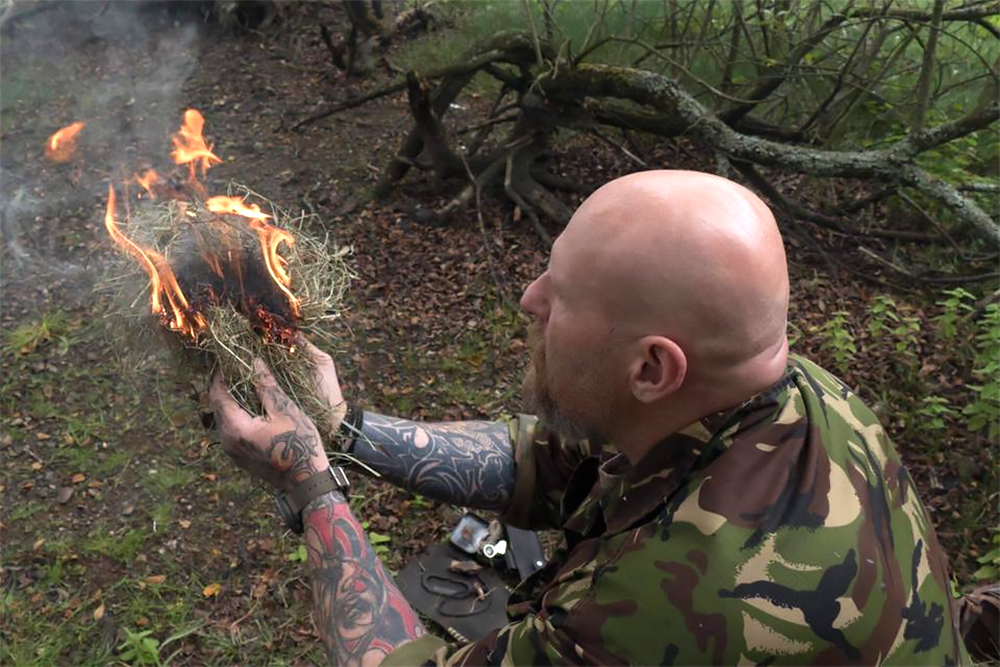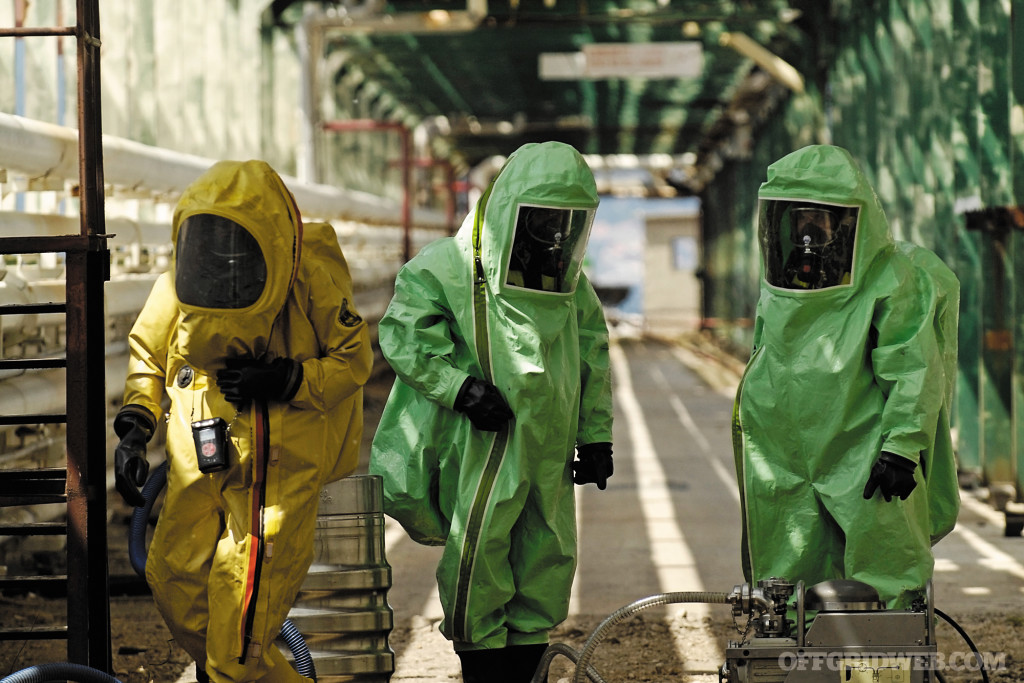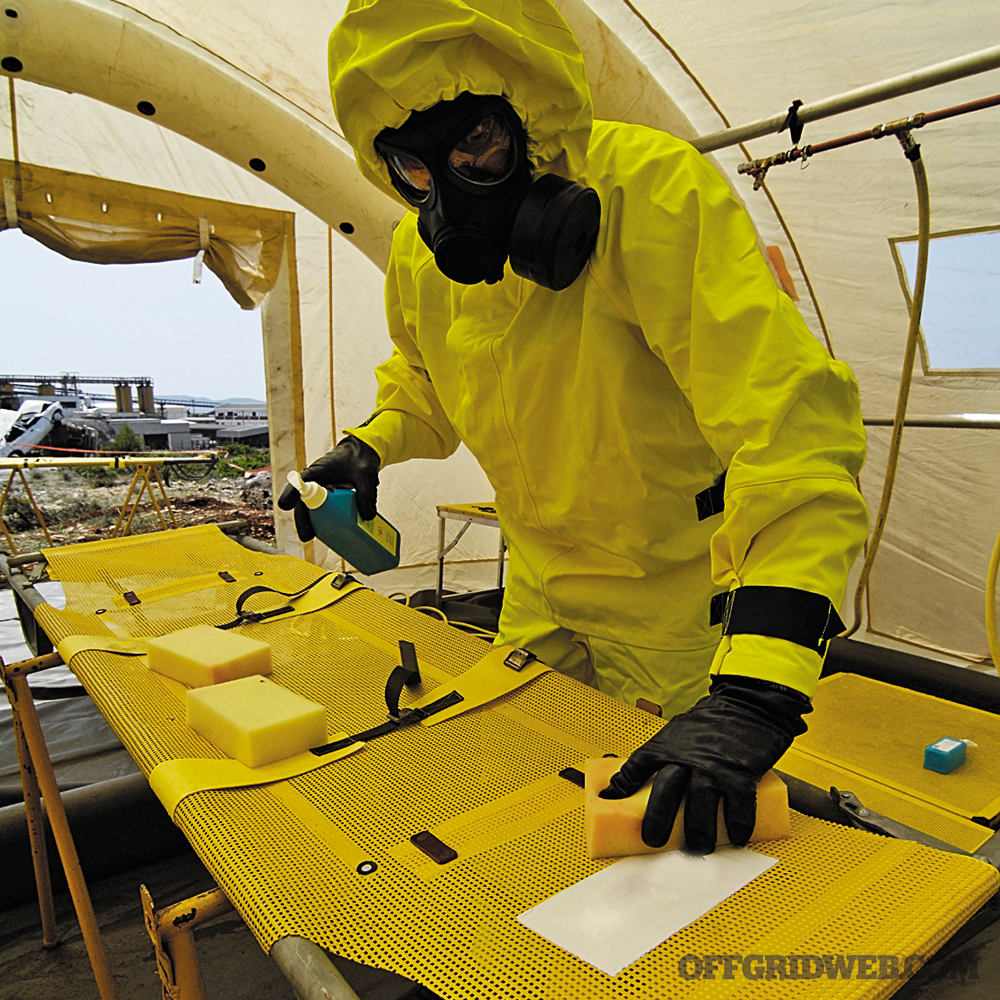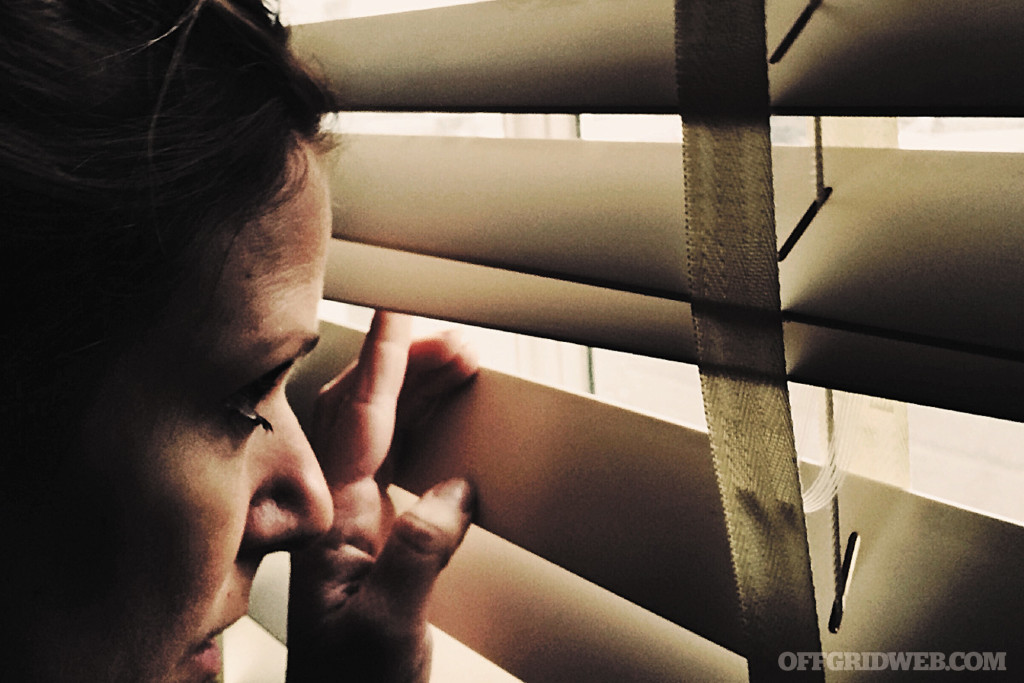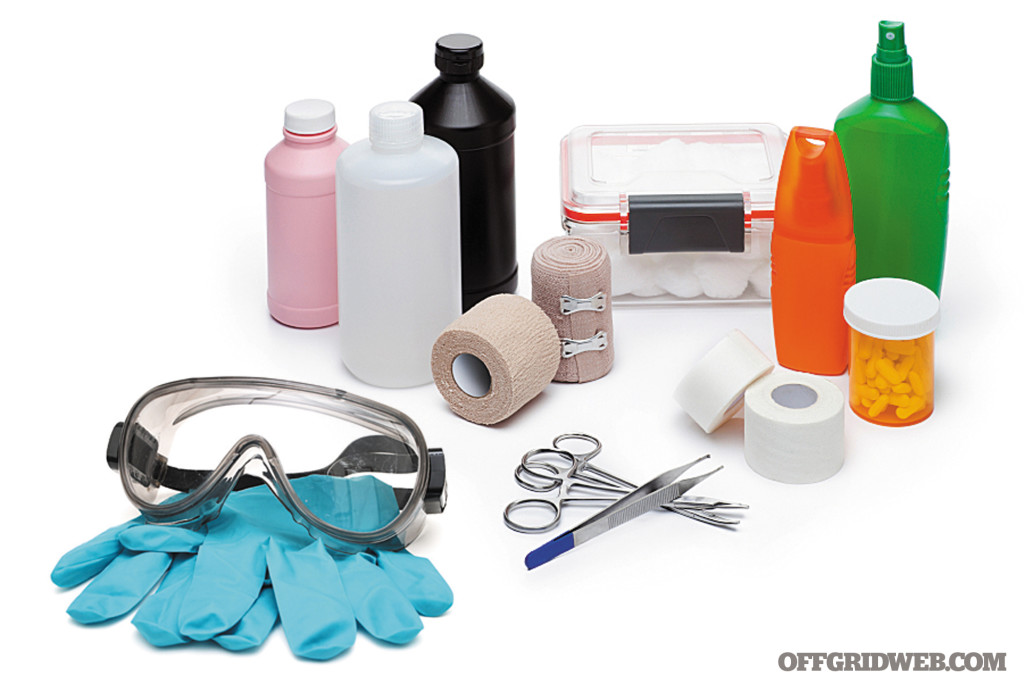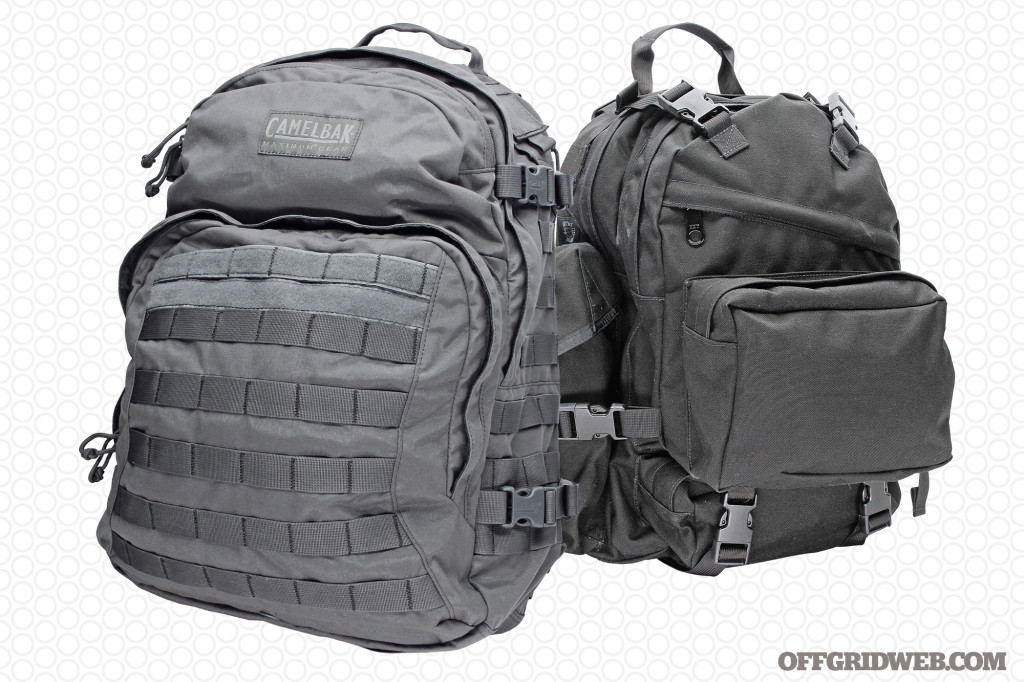In This Article
As a survival tool, airguns are generally not the first thing that comes to mind for most of us. However, if you look at the advancements in the past few years, that way of thinking may be archaic. Many readers might be surprised to learn that numerous airgun companies now offer production model pre-charged pneumatic airguns that fall into the “big bore” category, ranging up to .50 caliber. Several states have taken notice and moved to allow hunting of big game with these bad boys. If you think of them as merely toys — think again. Adult airguns can really pack a wallop and easily come into play in a SHTF scenario for a variety of reasons.
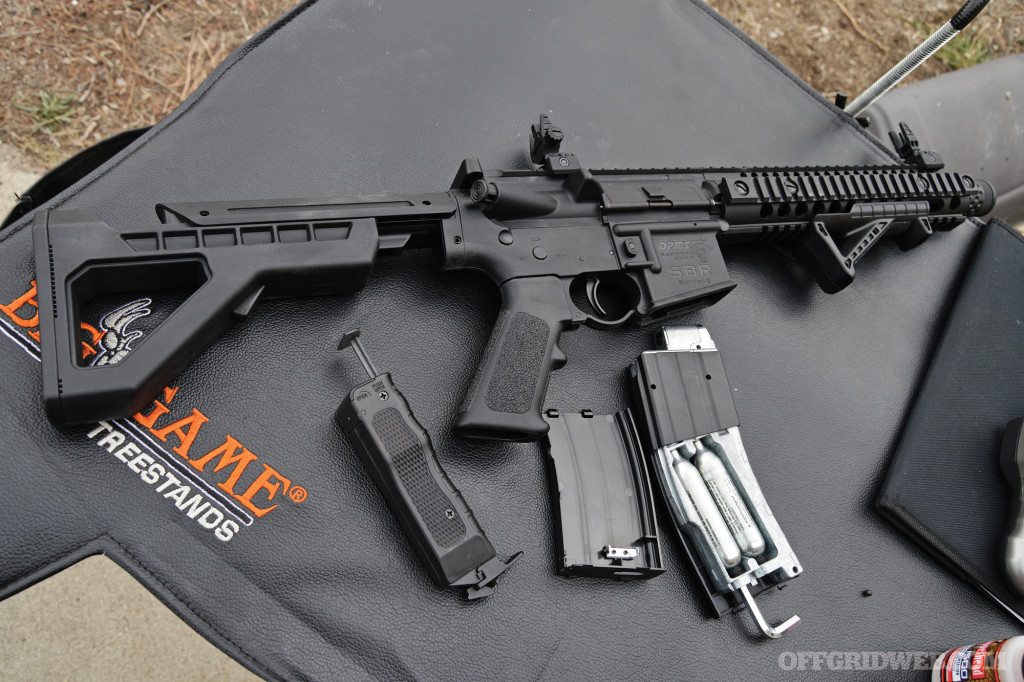
Crosman's DPMS SBR is select-fire and capable of full-auto fire at an advertised 1,400 rounds per minute!
Why is Red Ryder Practical for Survival?
Even what many consider to be the lowly BB gun has practicality in the survival environment. Many of us learned to shoot with a trusty Crosman multi-pumper or Daisy lever action — they're still produced today and being used to introduce new generations to the shooting sports. In recent years BB guns have seen advancements such as polymer stocks, better metallurgy, and synthetic seals.
Still, why would an adult survivalist consider adding BB guns to an already extensive list of items for when the SHTF? For starters, BB guns are great training guns to learn the fundamentals with. Most gun-handling skills, safety training, breathing control, and proper trigger manipulation can be taught using a BB gun. Plus, in case you haven’t checked them out in a while, BB gun replicas licensed by firearm manufacturers have advanced to a point where they almost cannot be distinguished from the real thing, making them more than suitable for a surrogate to use in certain training drills.
So far, BB-firing replicas of firearms aren't required by U.S. law to have any blaze orange markings like airsoft guns. Mainly, this is because BB guns fall into the “adult usage” category. They're an inexpensive way to teach and build on basic skills that easily translate to firearms. Some are self-contained in that the powerplant of a spring-powered or multi-pump pneumatic is built in and, with minimal maintenance and proper usage, should serve for many years. The most realistic replica guns tend to be powered by CO2 gas to propel the BBs, and some semi-auto models reciprocate or “blowback” the slides for added realism. Ammo is dirt cheap as well.
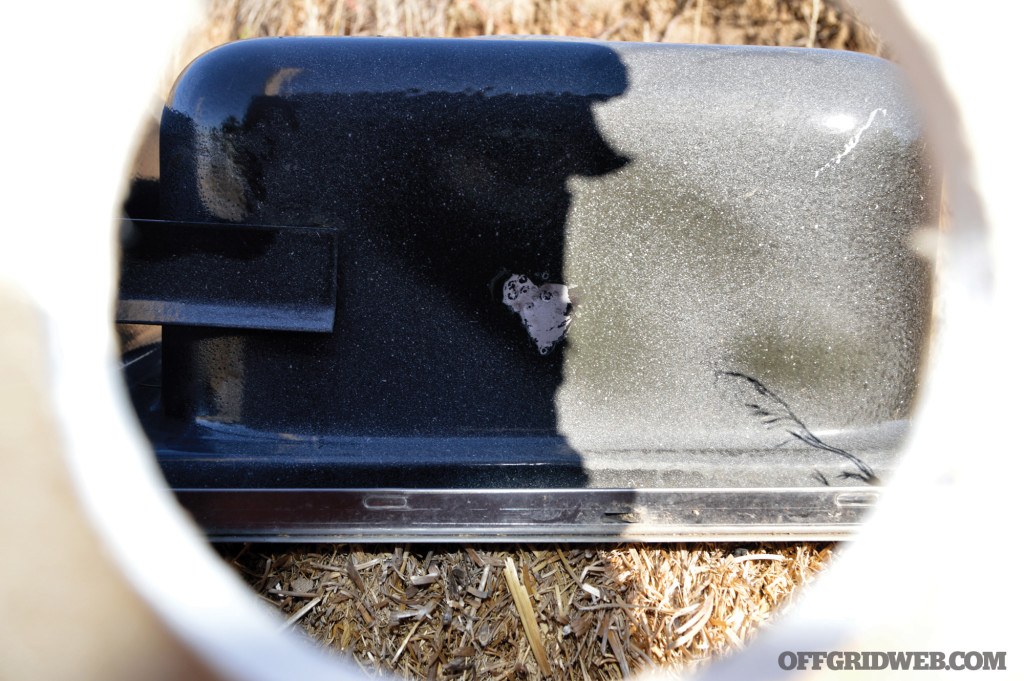
Results of a full-auto burst of Dust Devils frangible BBs at close range on an old enamel-coated steel sink.
Another benefit attributable to the BB gun is the lack of regulatory restrictions in most of the country. Big-box stores carry a plethora of choices or they can be ordered on the Internet and delivered to your door just about anywhere. The lower sound signature means you don’t necessarily have to travel to the range or the boonies for some skill-building trigger time — you might even choose to set up a small range in your backyard. If that’s not an option where you live, with the proper backstop and necessary precautions, an indoor range can be enjoyed year-round. The lack of recoil is another advantage when teaching new shooters or youngsters basic gun-handling fundamentals. Fundamentals of maintenance and safe, proper storage can be brought into play as well.
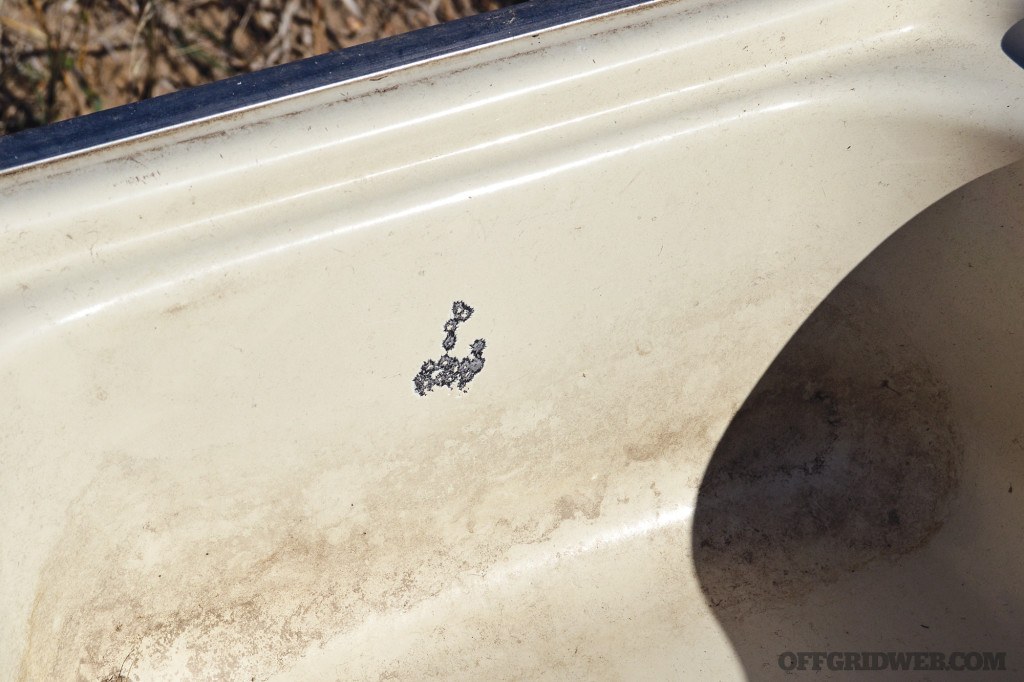
While the 5-grain-weight BBs disintegrated on impact, the force they were hitting with is apparent on the inside of the...
Smoothbores are Making a Comeback
BBs, being made from steel, don't lend themselves to the use of rifled barrels. Years ago, most BB guns’ internal barrels were made of brass. Nowadays the majority are made of steel, most being smoothbores, but a few “dual ammo” rifled barrels exist, so the shooter has a choice between firing BBs or pellets. Due to the nature of smoothbores, accuracy of BB guns will be lacking somewhat. That doesn’t mean there are no accurate BB guns. National BB gun competitions are held each year with high-dollar BB rifles capable of tight shot groups at 10 meters. For training purposes and at short ranges, BB guns can still get the job done. Potentially, in a crisis situation, a BB gun could be called upon to put meat in the pot with small birds, lizards, frogs or rodents. And you can dispatch them relatively quietly in case you’re concerned about giving away your position.

Modern CO2 replica BB pistols are capable of some decent accuracy out to 25 feet or so; unless the CO2 cartridge is...
Did You Say Frangible BBs?
Have you ever tried out a new-fangled product that you didn’t necessarily think you needed and then wondered how you ever got along without it? A new frangible BB has been brought to the market and it is one of those products. Yes, the lowly steel BB has been upgraded. But why? Hasn’t the old workhorse been doing an adequate job for well over 100 years? Sure it has, but with the last major technological upgrade being cladding of the BB with copper or zinc as a rust preventative well over 50 years ago, not much else has changed.
But Air Venturi of Ohio saw the need for this evolution and introduced frangible BB technology. Readily available BB guns are low-powered, entry-level airguns suitable for indoor use with the proper backstop and safety measures. However, regular BBs are solid steel so they've always been prone to ricochet. Every mom’s admonition to a youngster with a BB gun, “Don’t shoot your eye out!” was a given because of the real danger of a BB bouncing straight back from a target and causing injury. Now, throw in to the mix the availability of a fully automatic BB launcher and the importance of ammunition that disintegrates on impact with hard surfaces becomes doubly important.
Guns that offer “blowback” action to simulate recoil and offer full-auto capability, such as the Crosman SBR, require two CO2 capsules to operate. The realistic looking magazine doubles as the housing for both CO2 and BBs.
Air Venturi is an exclusive importer of multiple international airguns and accessories as well as a purveyor of domestic brands. Now they've added ammunition manufacturer to that list. Their new frangible BB that is made in the U.S. and called “Dust Devils.” Working with an expert in the field of frangible bullets for firearms, AV is the first company to make frangible BB ammunition. Made from a proprietary blend of alloys that includes iron powder, it’s totally lead free.
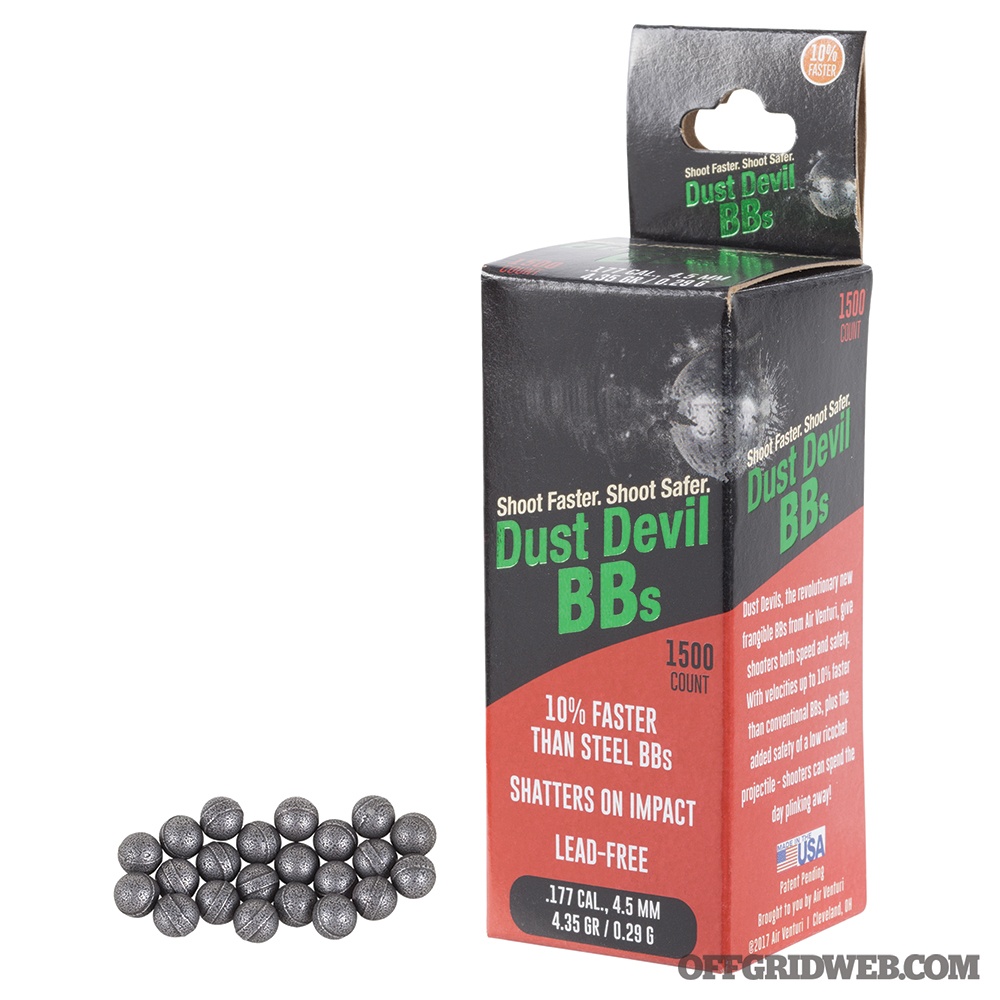
Dust Devils are a new development in the realm of BB gun ammo. They disintegrate on impact if they hit something harder...
Slightly lighter than the standard steel BB, this translates to a velocity 10-percent faster than a typical BB gun. Aside from indoor shooting, the obvious niche for these new BBs is with the shooter using a CO2-powered replica as a training tool against steel targets at close ranges. There's nothing like the satisfaction of ringing steel while improving your speed and accuracy through drills and regular practice. With some ranges not allowing drawing and firing from holsters or movement and speed drills, frangible BBs used at a home range could be just the ticket.
BB Gun Buyer's Guide
1. Crosman DPMS SBR (Short Barreled Rifle)
Construction
Glass-filled nylon
Barrel length
9 inches
Weight
6.2 pounds
Powerplant
CO2 capsule (2)
Warranty
One Year
MSRP
$200
URL
www.crosman.com
2. Crosman M417
Construction
Polymer
Barrel length
16 inches
Weight
3.75 pounds
Powerplant
Multi-pump
Warranty
One Year
MSRP
$90
URL
www.crosman.com
3. ASG Dan Wesson Revolver
Construction
Metal/ABS
Barrel length
5.5 inches
Weight
2.2 pounds
Powerplant
Single CO2 capsule
Warranty
90 Day
MSRP
$160
4. SIGAir (formerly Advanced Sport Pellet) 1911 “We The People”
Construction
Metal
Barrel length
4.25 inches
Weight
2.2 pounds
Powerplant
Single CO2 capsule
Warranty
One Year
MSRP
$120
URL
www.sigsauer.com
Testing Platform Details
To give these new frangible BBs a workout, four different BB guns were used, including a fully automatic CO2 short-barreled rifle, a multi-pump pneumatic carbine, a long-barreled CO2 revolver, and a semi-automatic CO2 repeater. First up was Crosman’s new DPMS SBR (short barrel rifle), capable of full-auto fire at an advertised rate of 1,400 rounds per minute! The DPMS SBR requires two CO2 cartridges to operate, which fit into the drop-free magazine and supplies gas pressure to drive the BBs up to 430 feet per second (FPS), while also providing the gas pressure to cycle the bolt, and impart a sense of recoil. The magazine holds 25 BBs and Crosman includes a nifty speed loader to make the job of dropping BBs into the magazine much easier. It has many cool features, including working controls that mirror the real deal, folding sights, and plenty of Picatinny rails for mounting accessories.
The two CO2 cartridges lasted for an average of eight magazines or approximately 200 rounds, which is very good as these guns go, and the SBR didn't miss a beat with any of the BBs put through it. Even the trigger was a pleasant surprise, not heavy or rough. As a test of the Dust Devils, a crude setup was devised using an old piece of drywall where firing was done through a hole slightly larger than the muzzle at an old enamel-coated steel sink 12 inches away. The backside of the drywall was painted brown and revealed any BBs or shards that might bounce back. After firing a 25-round magazine at full auto, the back of the drywall showed no marks of any kind. (NOTE: Dust Devils aren't ricochet-proof and can bounce back if shot at a surface that isn't harder than the Dust Devil itself, such as wood or rubber, so you should still wear eye protection and follow standard gun safety rules.) The DPMS SBR was incredible fun and will be available soon in a flat dark earth version as well. Crosman rates the velocity of the SBR at 430 fps with steel BBs.
Keeping it in the family, Dust Devils were sent through the Crosman M4-177 multi-pump pneumatic BB/pellet carbine with a rifled barrel. This M4 lookalike has a magnetic tip on the bolt to pick up a single BB from the feed chamber, which worked perfectly due to the high iron content in the Dust Devils. It’s a neat little shooter that Crosman rates up to 660 fps with steel BBs when pumped to the maximum of 10 strokes.
Next, the Dust Devils worked perfectly from the 5.5-inch barrel of the Dan Wesson CO2 revolver made by Action Sport Games. When speaking of replica BB guns, this one takes it to the level of actually having six realistic-looking “cartridges” in which a single BB is loaded into the nose before loading the cartridge into the swing-out cylinder. This DA/SA revolver even comes with a speed loader. The manufacturer rates it in the 425 fps range with steel BBs.
Last but not least, to see how a short-barreled semi-auto repeater would handle the Dust Devils, the SIGAir “We The People” 1911 was used. The SIGAir division of SIG SAUER has produced a very realistic CO2 replica of their patriotic-themed 1911 powder burner. From the blowback action of the slide to the functioning grip safety and other controls, right down to the ability to field strip this air pistol, it doesn’t disappoint. Other than the Dust Devils shooting high out of this pistol, we had absolutely no feeding or other problems. SIGAir rates the velocity of this pistol at 340 fps with steel BBs.
Above: Another bonus of the newer crop of replica CO2 BB pistols is their ability to be used as trainers for field stripping and maintenance.
Of course, manufacturers always recommend using their own brand of BBs in their products. That may generally be a good idea, especially with guns still in the warranty period. However, any BB gun should feed standard BBs through their barrels without issues. That being said, we didn't find any feeding problems or other indications that Dust Devils caused any issues with the airguns used in this evaluation, and accuracy was generally comparable to regular BBs.
As an added bonus, Dust Devils are more environmentally friendly than standard BBs because they break down in an outdoor environment. They do cost a bit more than steel BBs at an MSRP of $13 for a package of 1,500. And, even though they're in full production now, you may not readily find them at your local stores quite yet. Look for them on Internet sites that deal in airguns and accessories. We expect the price to come down as they gain market share and more places stock them.
Final Thoughts
Don’t assume the BB gun has gone the way of the dodo bird. The variety of platforms and new ammo technology make them practical training tools. They’re both inexpensive and not subject to the governmental regulations on standard firearms. The tactile and visual feedback they offer as well as the details and functionality that are akin to real firearms make them worthy of consideration. Additionally, they can also be effective in force-on-force training with the proper safety gear.
To reiterate, in a SHTF scenario, the lowly BB gun would allow not only cheap, efficient training to keep skills sharp, but a relatively quiet way to accomplish that training goal. When teaching youngsters, they're a less-intimidating and somewhat safer alternative to live fire until ready to hit the range with the young guns. Also, they're a blast to shoot (pun intended) and deserve a serious look as a tool for the survivalist/trainer.
More From Issue 31
Don’t miss essential survival insights—sign up for Recoil Offgrid's free newsletter today!
- Antibiotic Alternatives: Plants, Poultices, & Pet Meds
- Book Review: “Bushcraft” by Mors Kochanski
- Parental Preps Issue 31
- 360-Degree Illumination: Survival Lantern Buyer's Guide
- How to Make a Family Disaster Plan
- Escape & Evasion Evaluation: SERE Kit Buyer's Guide
- Freedom From Fallout: Is Nuclear War Still an Imminent Threat?
- Blackout Bulwark: How Vulnerable is the Power Grid to Cyber Terrorism?
- Mike Glover Spotlight – Redefining Survival
- Survival BB Guns: Backyard Shooting Gallery
- Survival Spuds: Building Your Own Potato Patch
- Pocket Preps: Glass Breaker
- What If You're Lost at Sea?
- Gear Up Issue 31
Read articles from the next issue of Recoil Offgrid: Issue 32
Read articles from the previous issue of Recoil Offgrid: Issue 30
Check out our other publications on the web: Recoil | Gun Digest | Blade | RecoilTV | RECOILtv (YouTube)
Editor's Note: This article has been modified from its original version for the web.

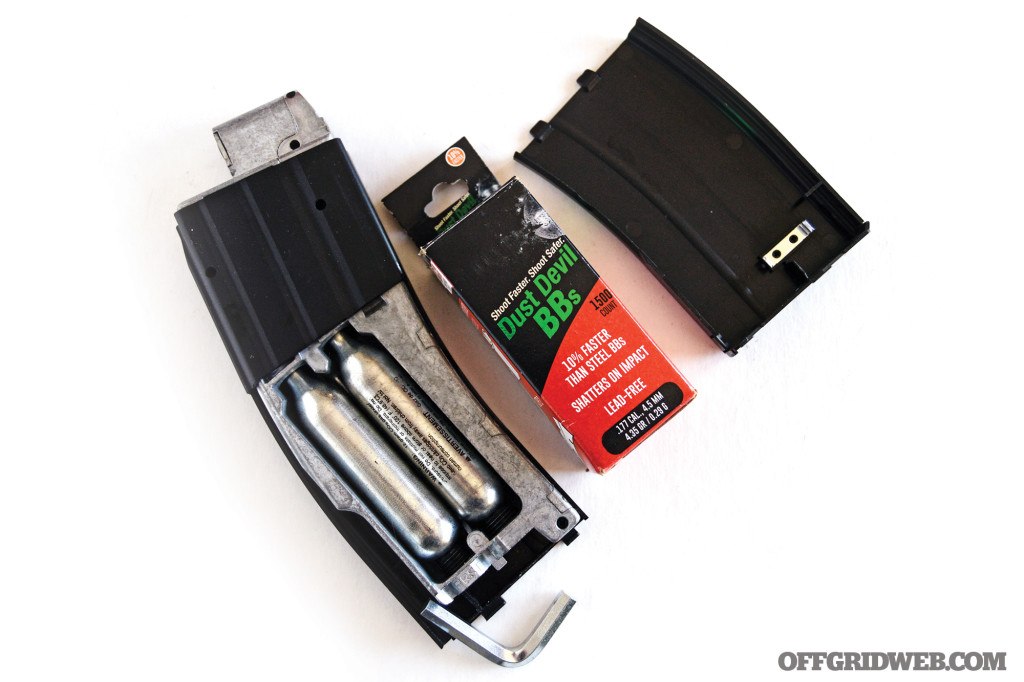
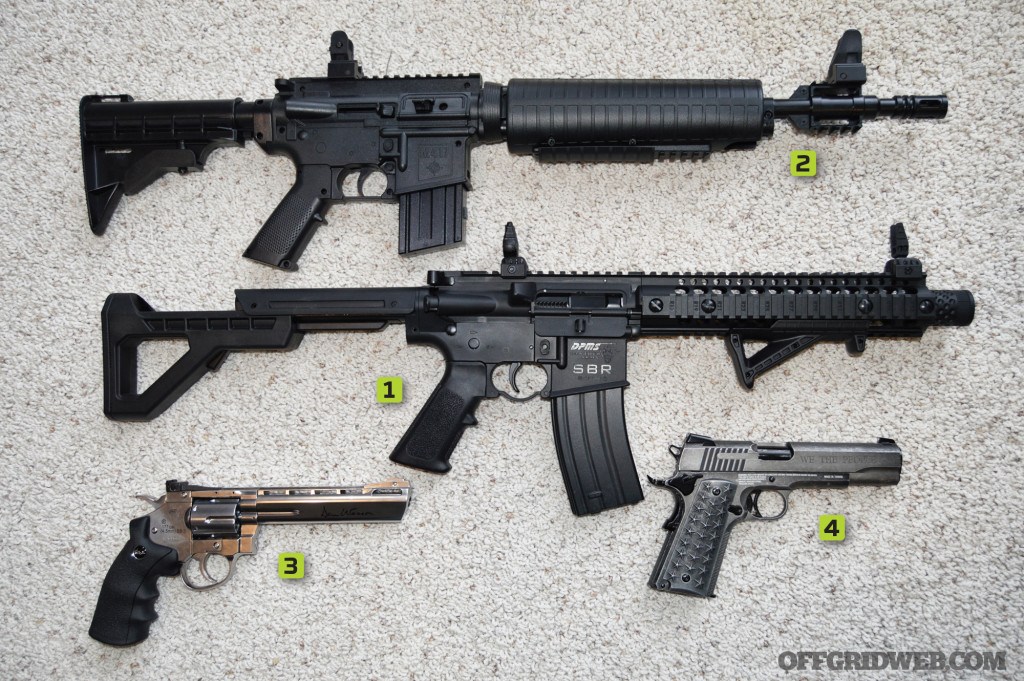

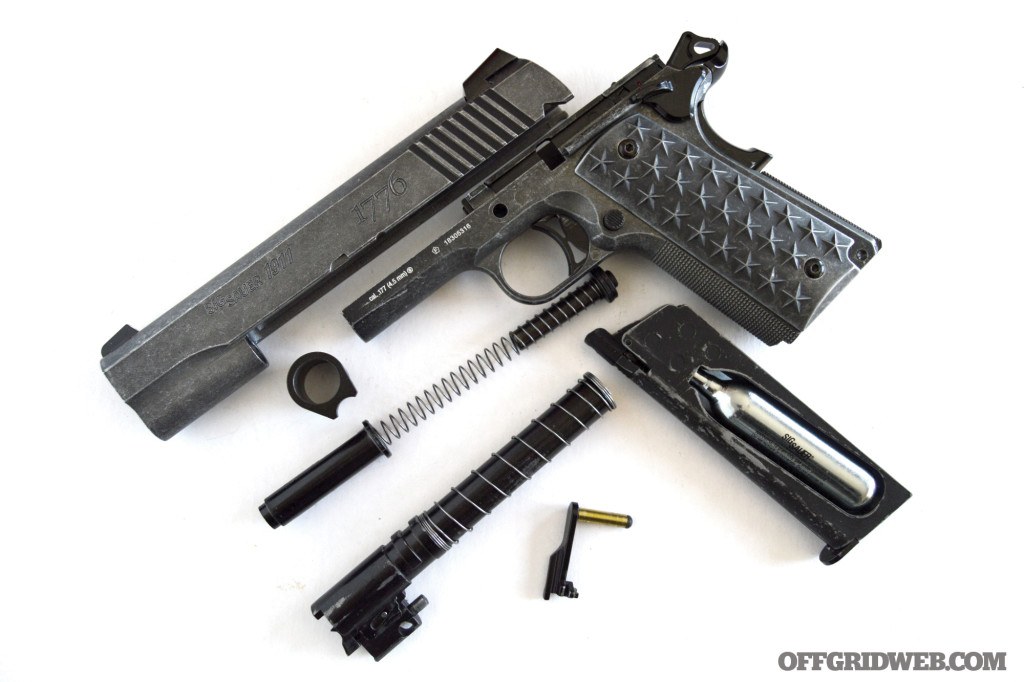



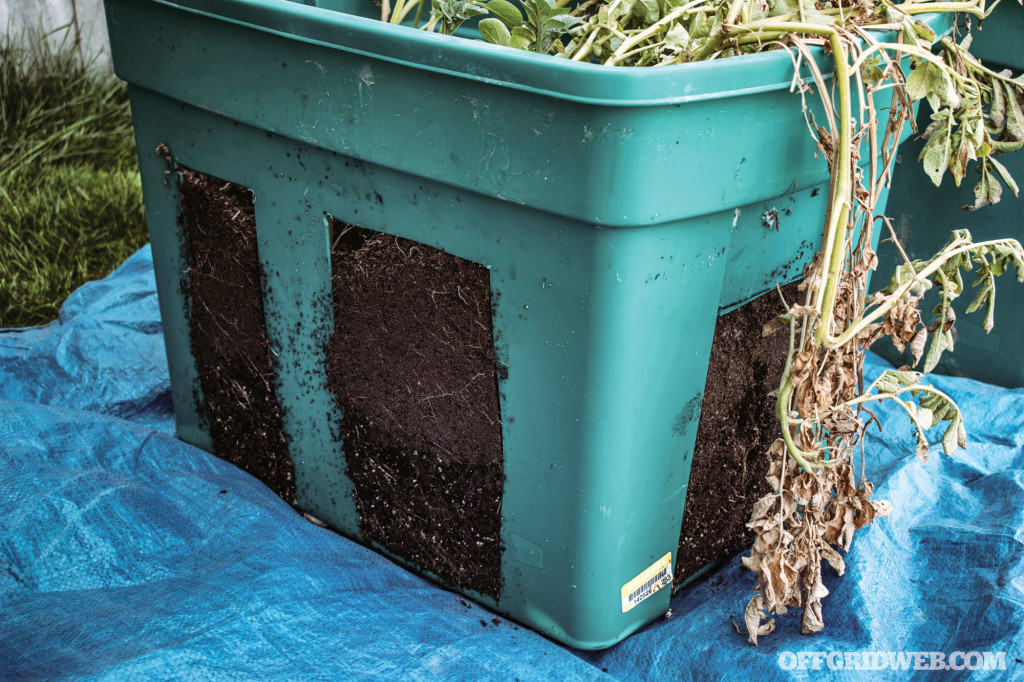



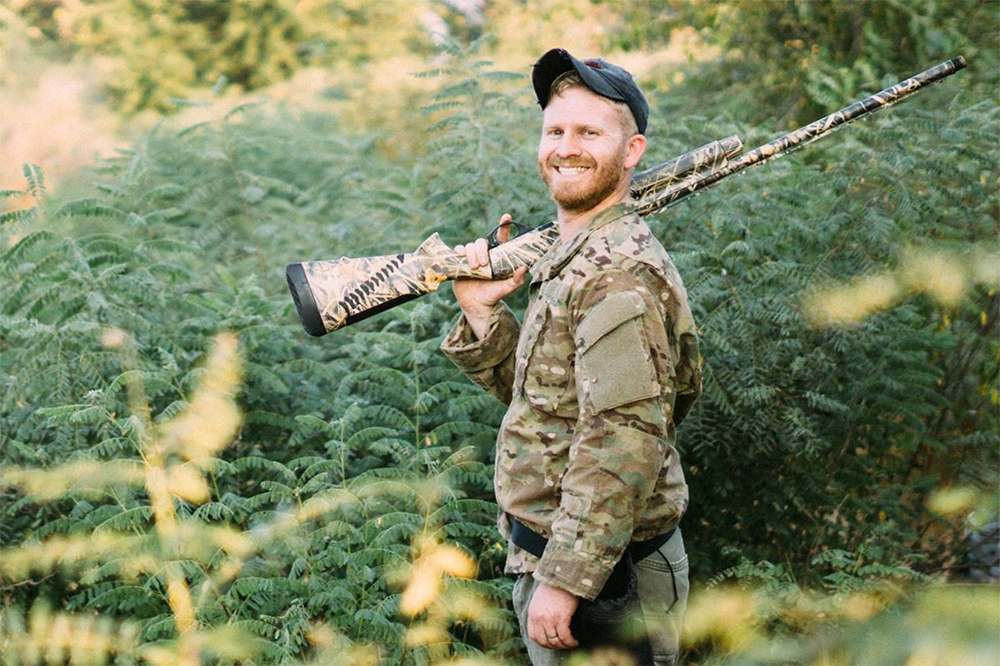

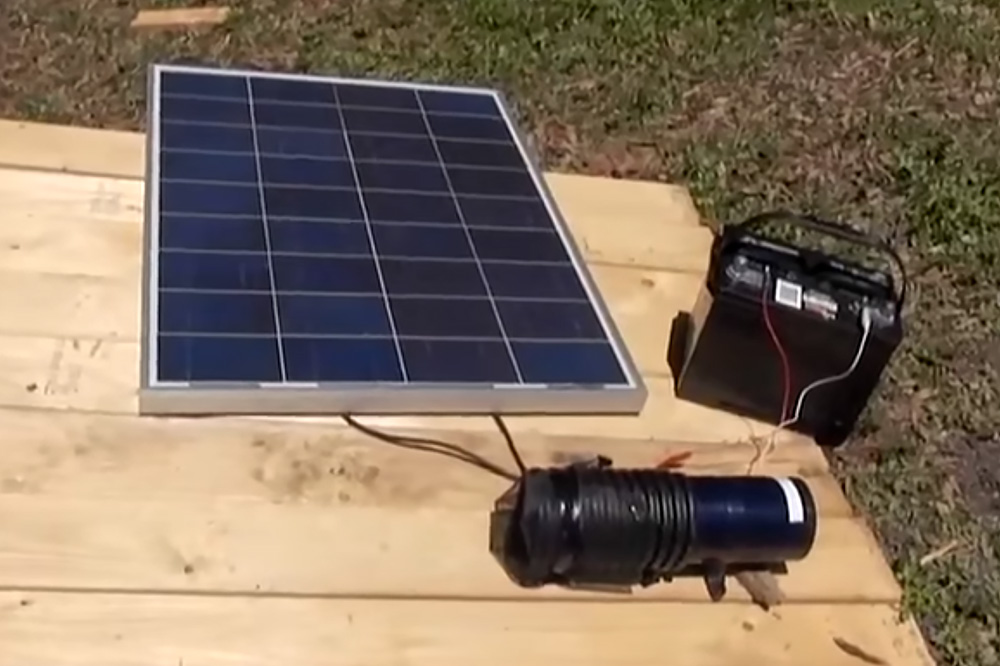
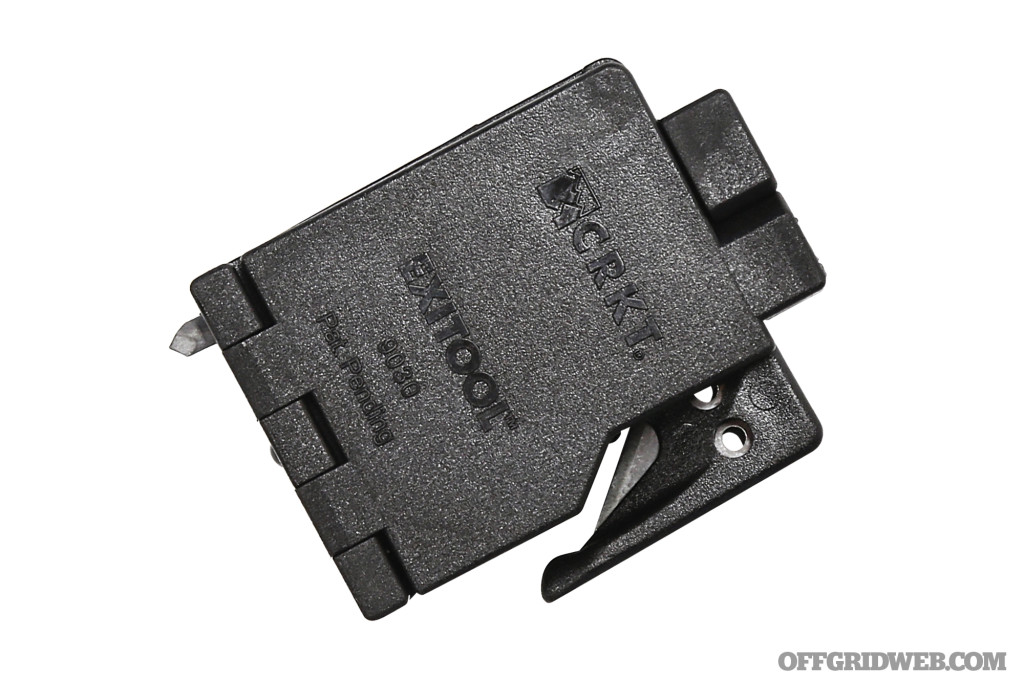
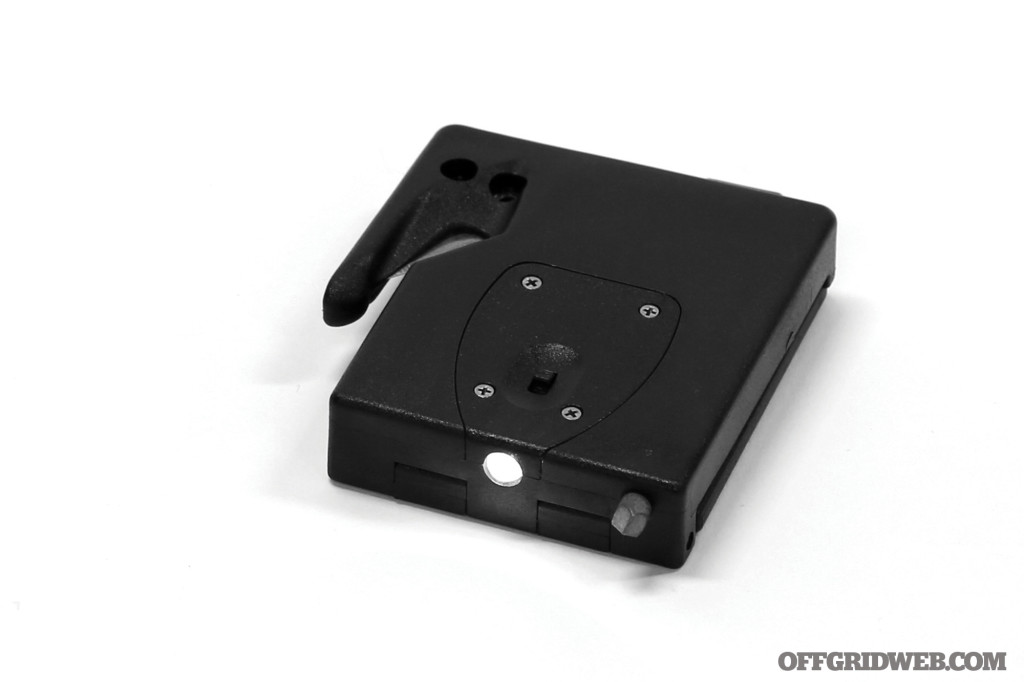

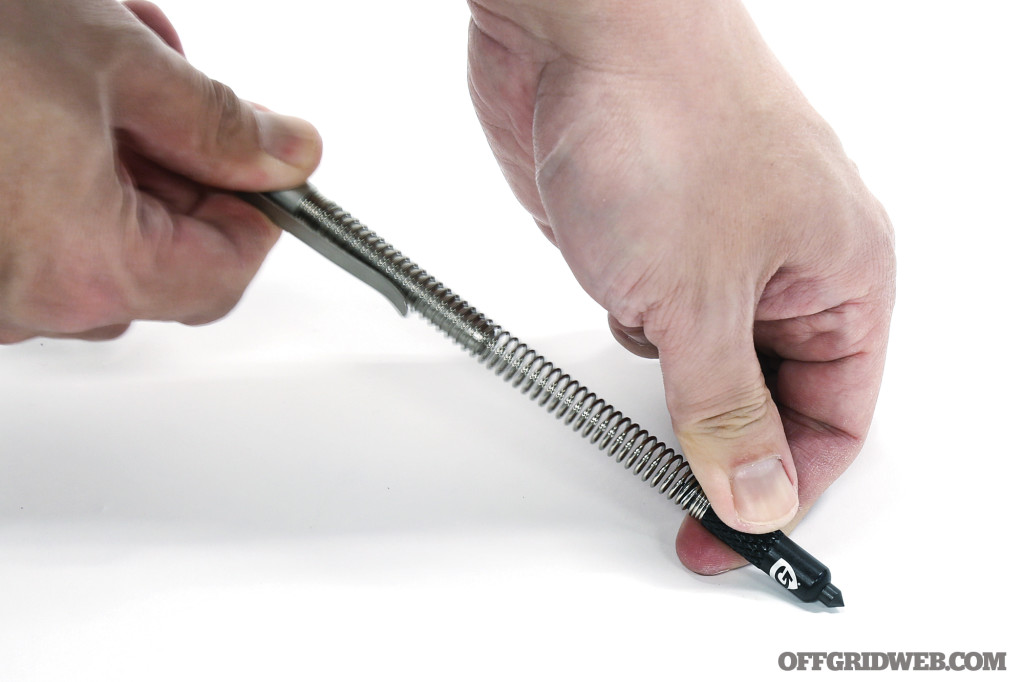
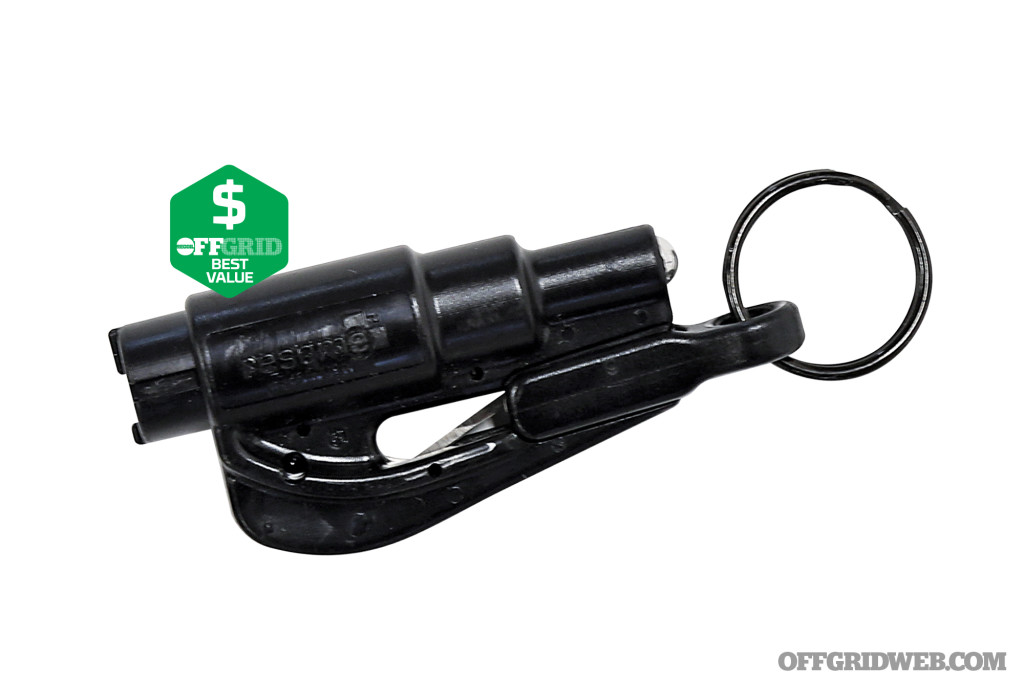
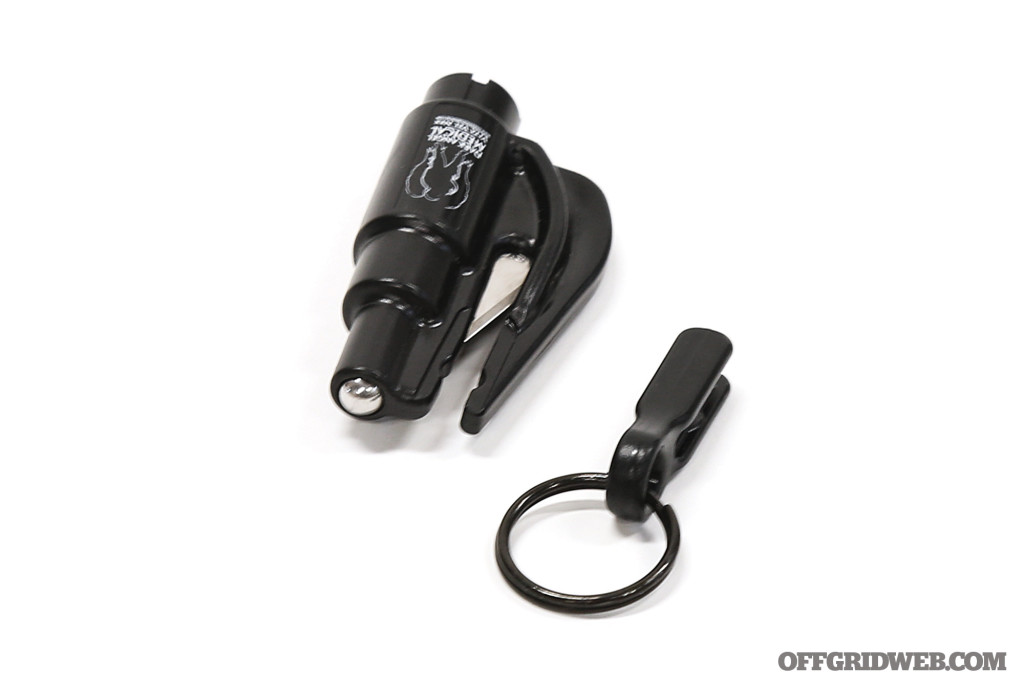
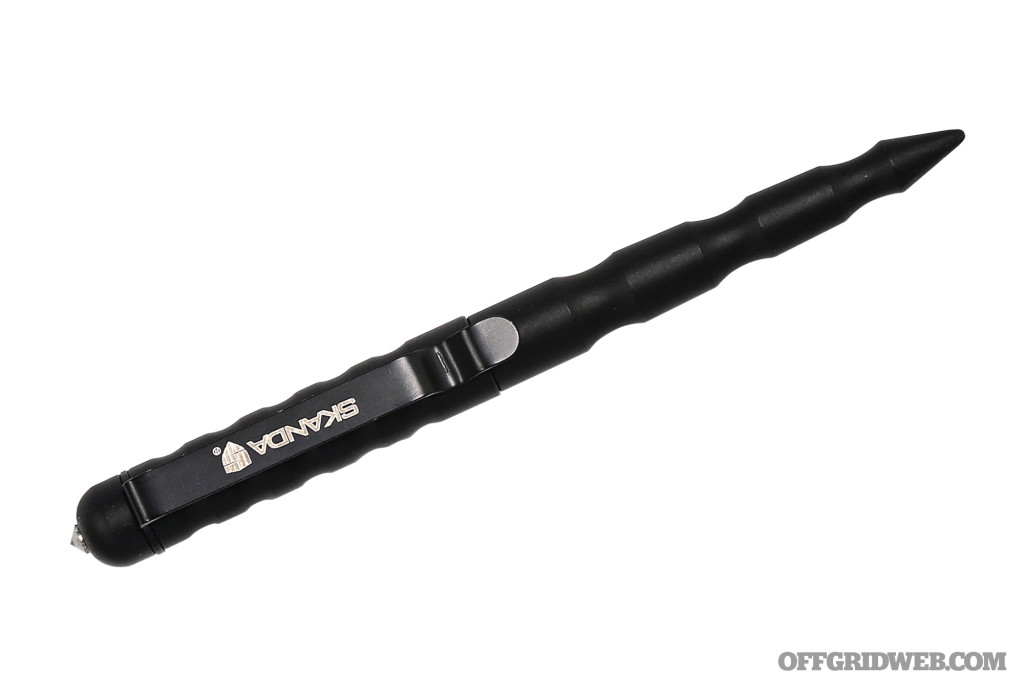
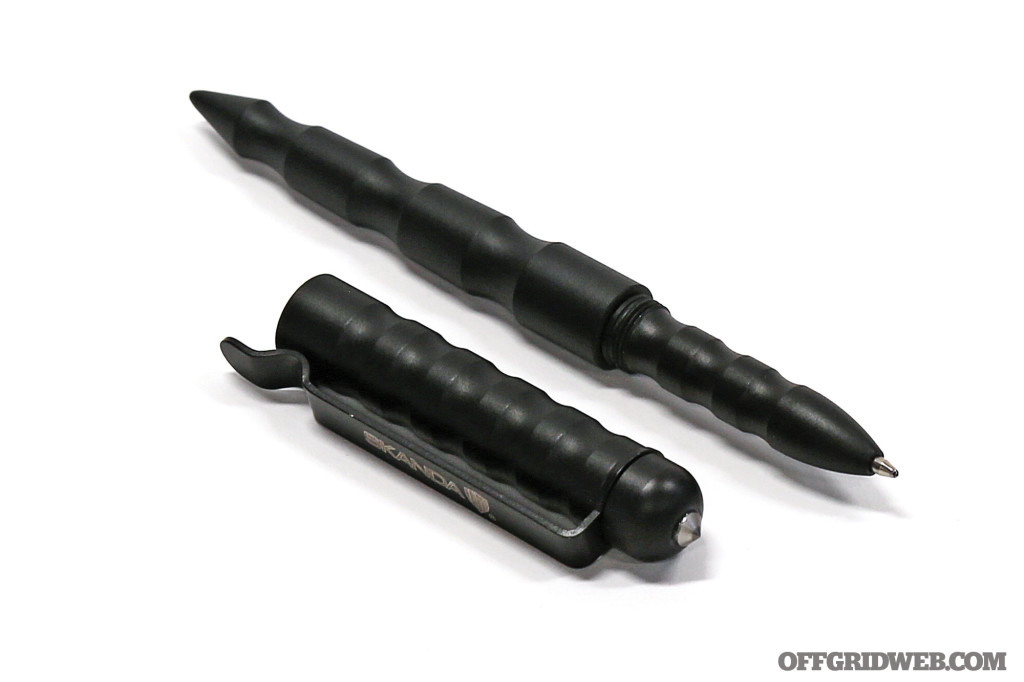
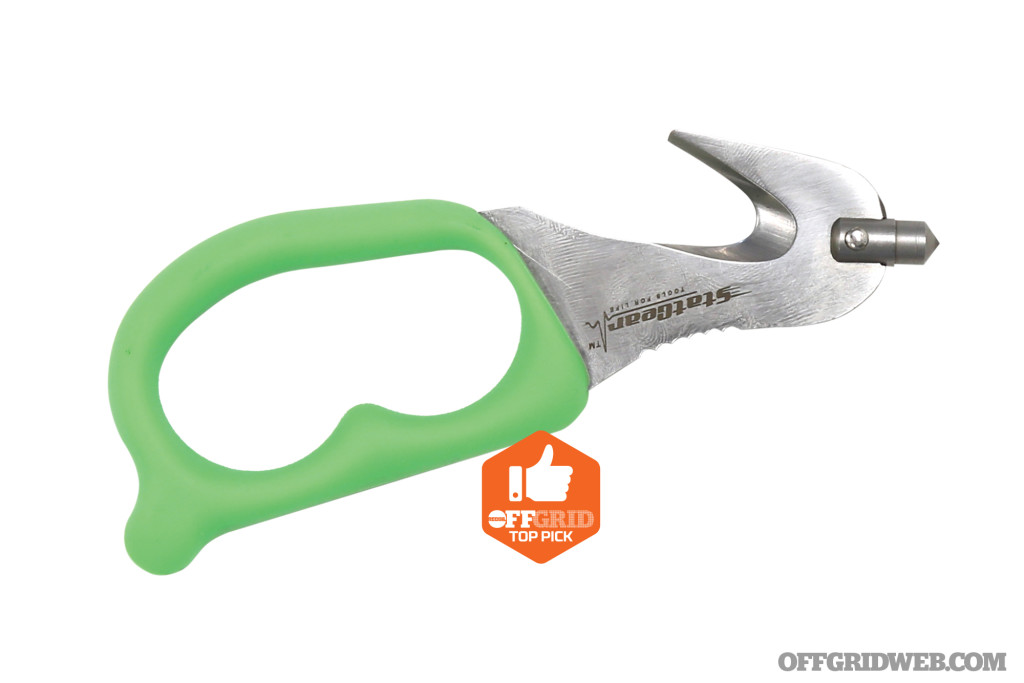
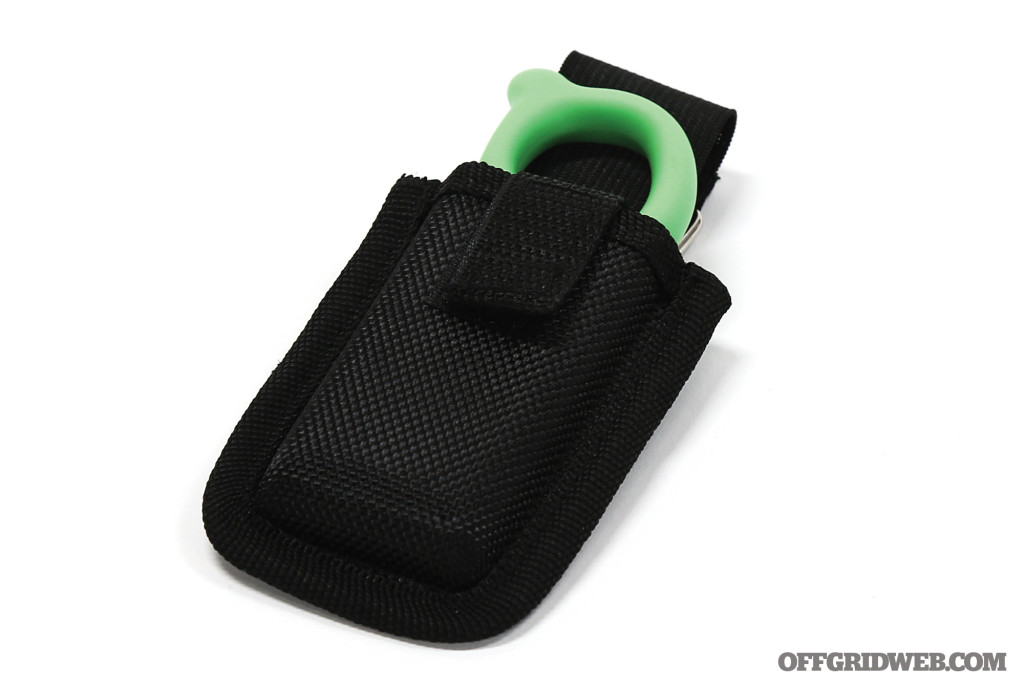
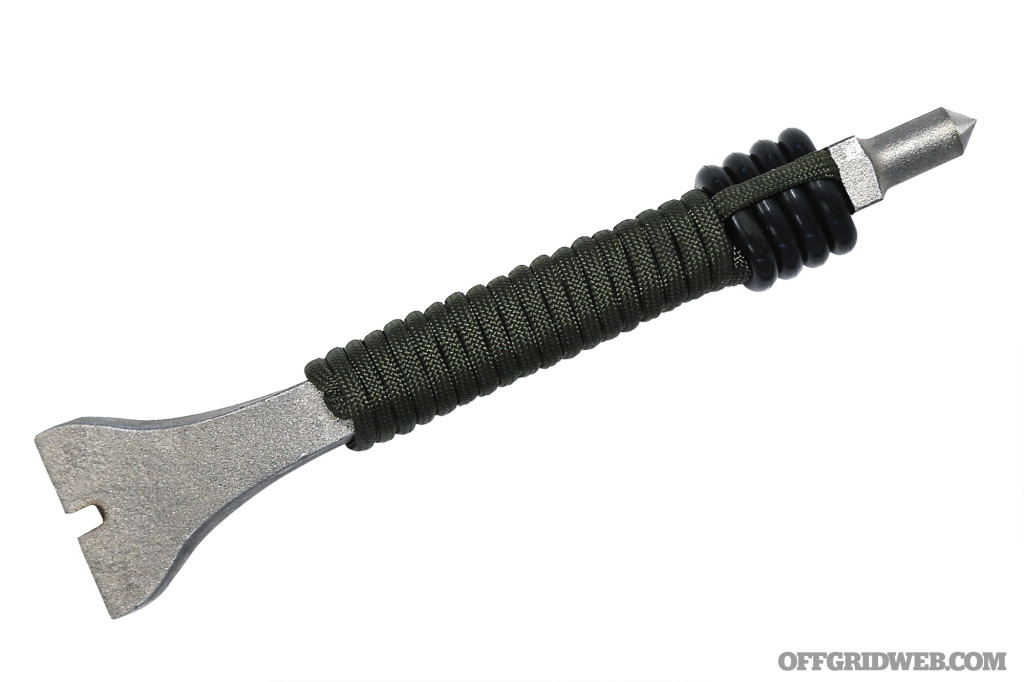
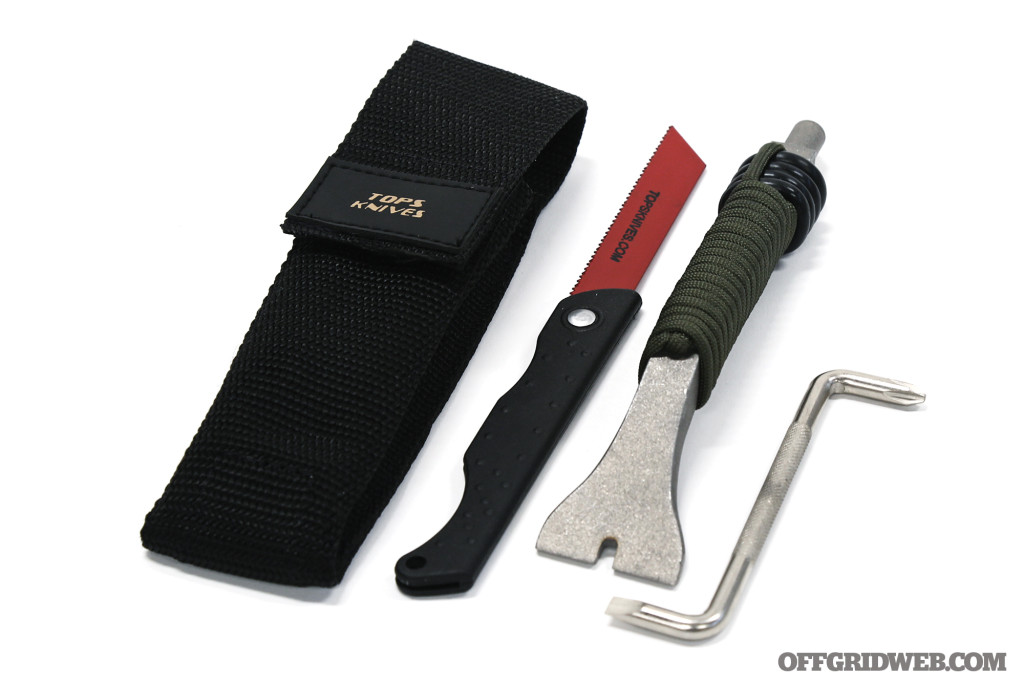

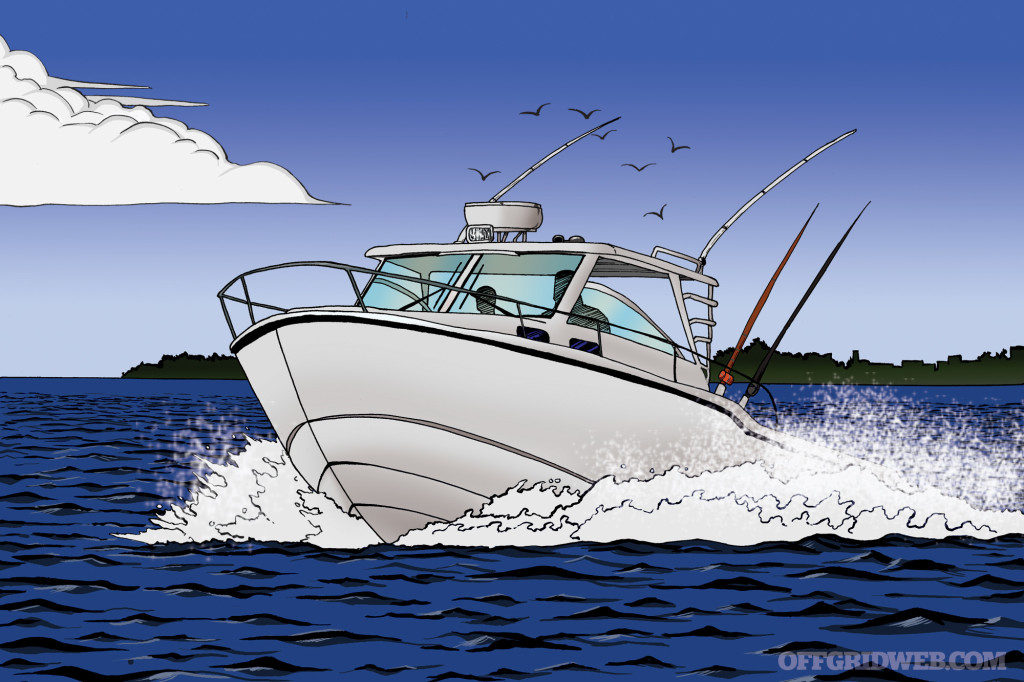
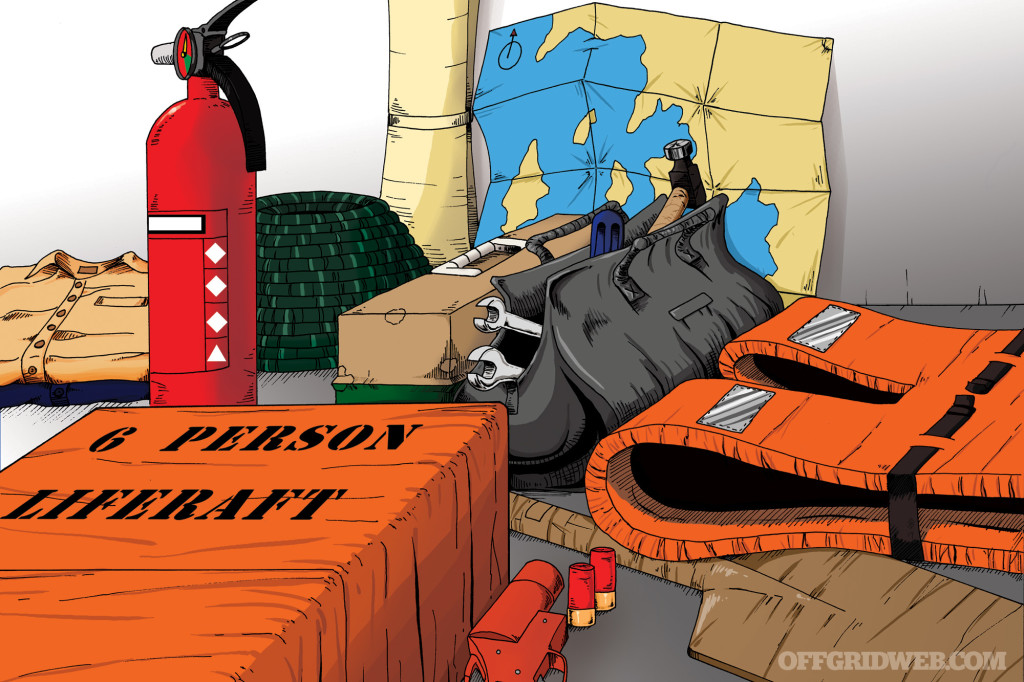
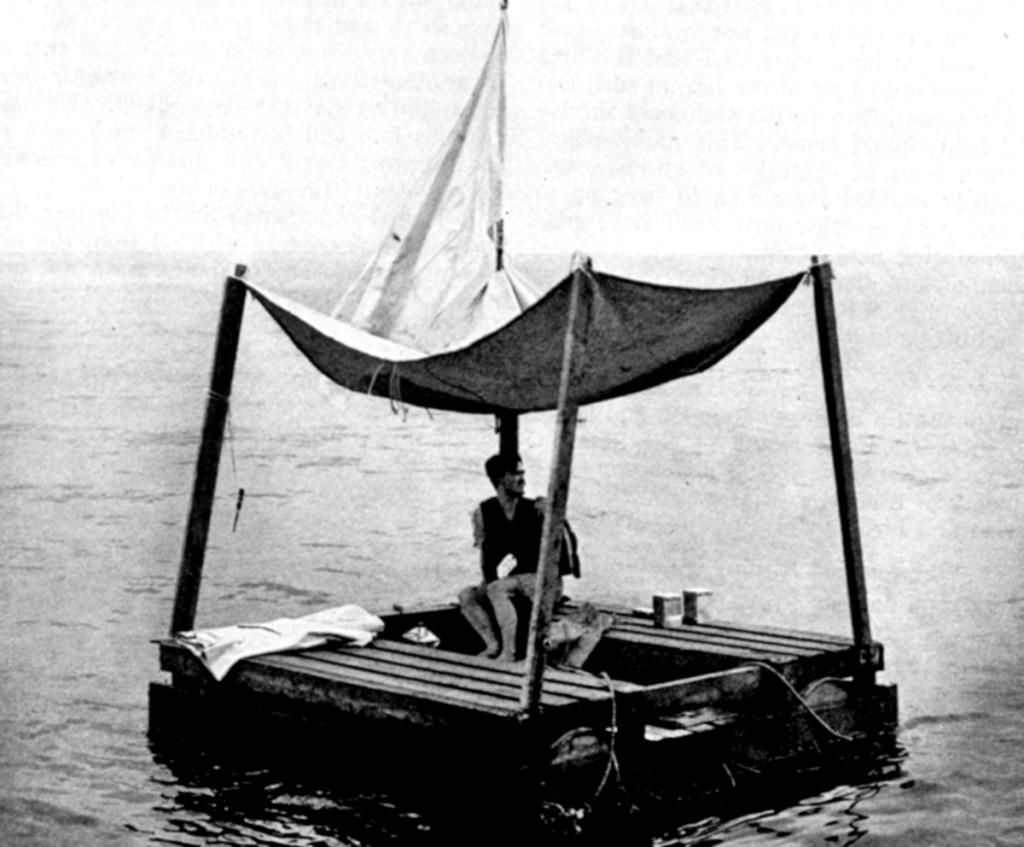
 Tim MacWelch
Tim MacWelch David H. Martin
David H. Martin